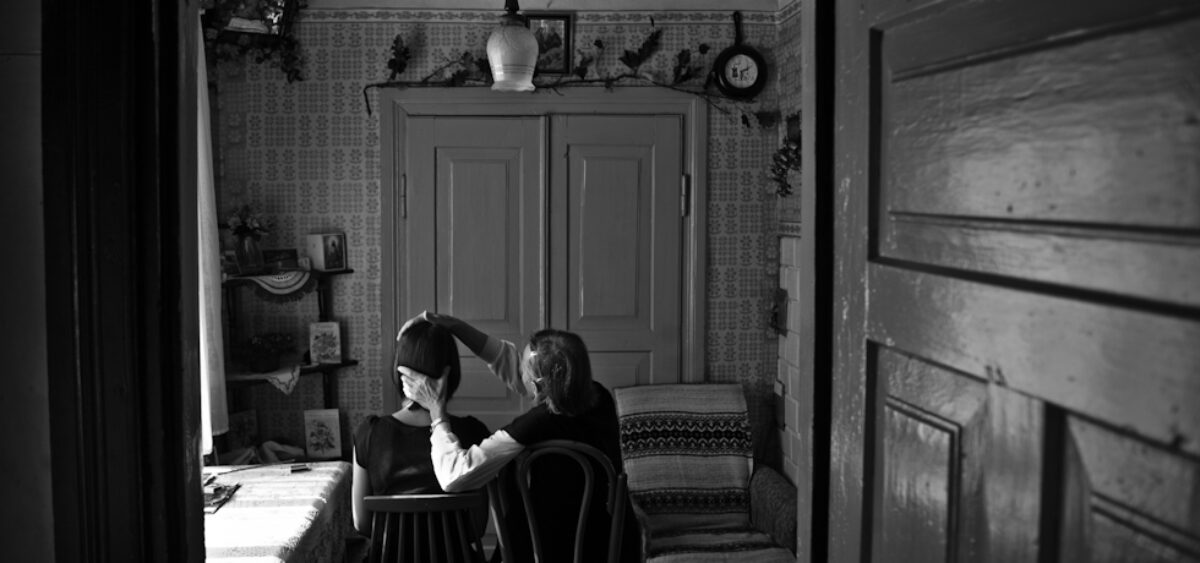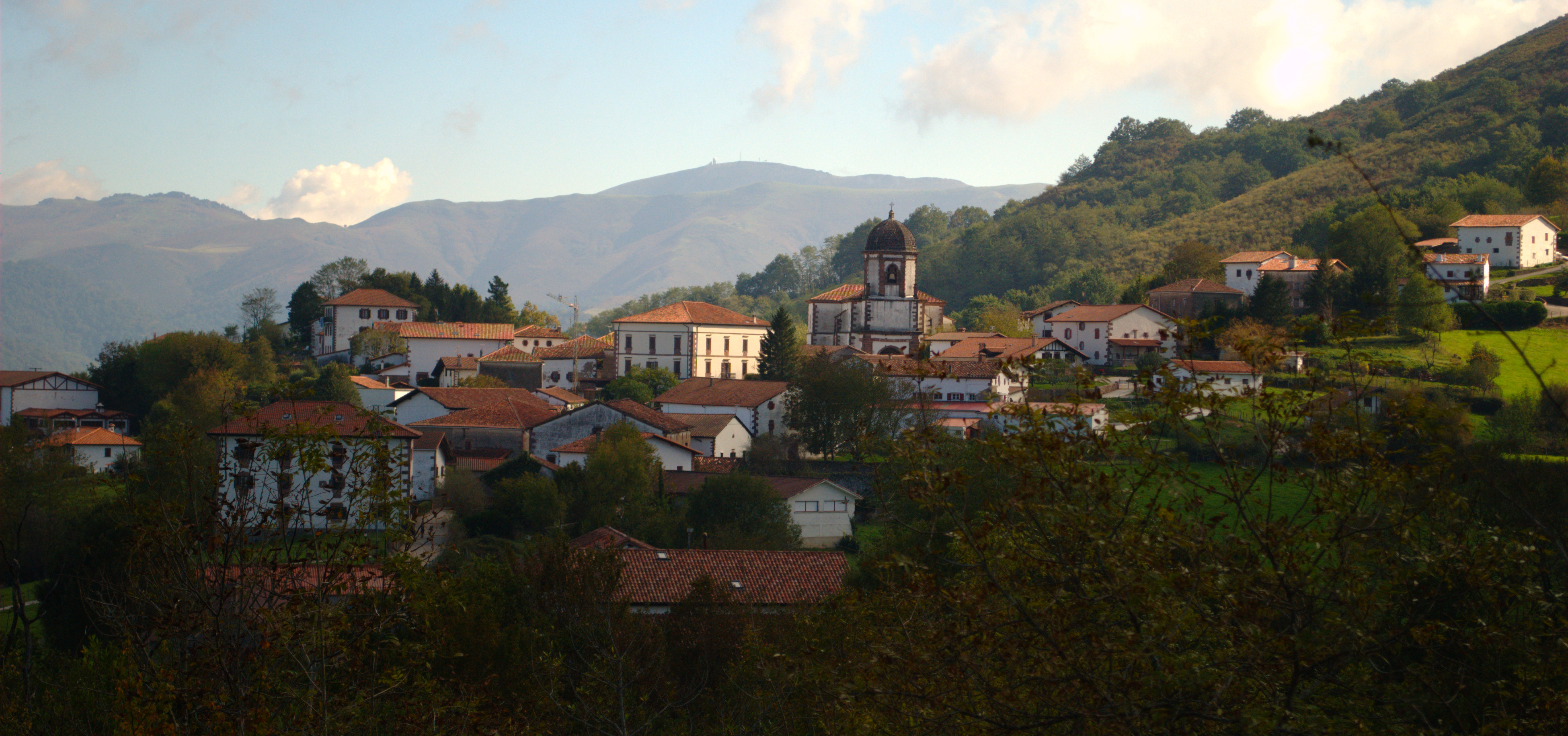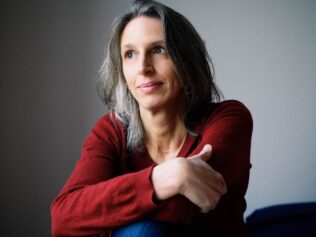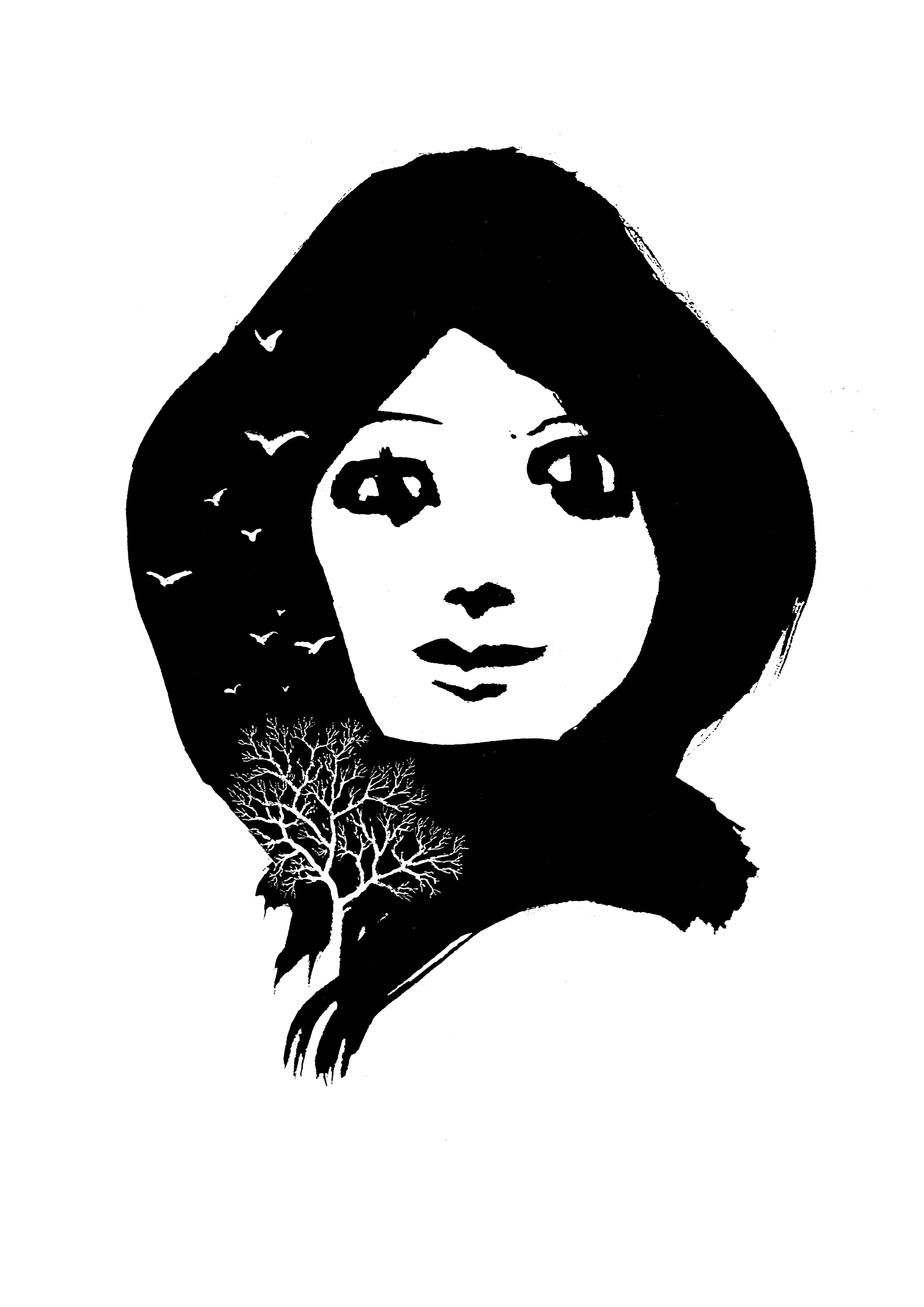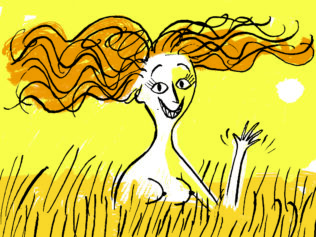
“There is no head above the head of a serpent: and there is no wrath above the wrath of a woman. I had rather dwell with a lion and a dragon than to keep house with a wicked woman. (…) What else is a woman but a foe to friendship, an inescapable punishment, a necessary evil, a natural temptation, a desirable calamity, a domestic danger, a delectable detriment, an evil of nature, painted with fair colours! (…) When a woman thinks alone, she thinks evil,” wrote inquisitor Heinrich Kramer in Malleus Maleficarum, known as The Hammer of Witches.
This 1487 treatise became a guidebook for early modern witch hunters. By 1600, it counted 28 editions and 30,000 copies – a jaw-dropping success given that the printing press was invented hardly 30 years before its publication. Soon, few remembered that Kramer was the type of frenzied hater who penned The Hammer in an act of retaliation. He had just been expelled from Innsbruck by the local bishop for causing scandals during his ferocious witch trials. Witnesses claimed that he developed a sexual obsession with one of the accused, Helena Scheuberin.
She was acquitted, but tens of thousands of other women were less lucky. Anything – from accurately predicting the weather to starring in some man’s wet dream – could make them suspicious. Between the 15th and 18th centuries, an estimated 40,000 to 60,000 people were burned at stakes across Europe – 80% of them women. Witch hunts were in fact women hunts.
500 years after the publication of The Hammer, we decided to find out what it means to be a witch in 21st-century Europe. We went to Spain, the site of the biggest witch trial in history; to Poland, where the last European woman was burned at stake; and to Romania, where Roma women are still being stigmatized as witches.
Our aim was by no means esoteric. The witch became the figure of a non-conforming woman who rebels, questions patriarchal dogmas, draws on her own wisdom and fights for her rights. Our heroines include not only urban witches and village healers, but also activists, artists, psychologists, actresses and other women who refuse to listen when they are told to be quiet.
For centuries, women were accused of dealing with the devil and burned. But what if, as Mona Chollet put it, the “devil” was just a code word for independence? Were these women executed for what today we call feminism?
Historically, a witch hunt was an act of erasure. The aim of our “hunt” is the opposite. We seek the granddaughters of the witches that Europe was never able to burn.
Written by Ada Petriczko, Ana Maria Luca and Adam Barwiński
To the moon
“There’s always a queue here,” the woman, next to whom we sit, sighs. Blank gaze, bright orange dress. She has been waiting for two hours.
Outside the house of Wiera “Wala” Popławska, the most notorious whisperer in this part of Poland, cars are parked with license plates from across the country. People sit in the waiting room for hours – none seem impatient, but rather resigned. Because, as they say, no one comes here out of joy.
“I travelled with children and my seriously ill father. It’s my third time. Don’t know yet if it helped, but when in distress, anyone would fly to the moon.”
“You don’t have to be Orthodox, right? She prays in her way and we pray in ours?”
“Just listen carefully and take notes, like at the doctor’s. Because once you come out, your mind will go blank.”
“90 years old and she goes on from morning to evening. I guess this proves some kind of power?”
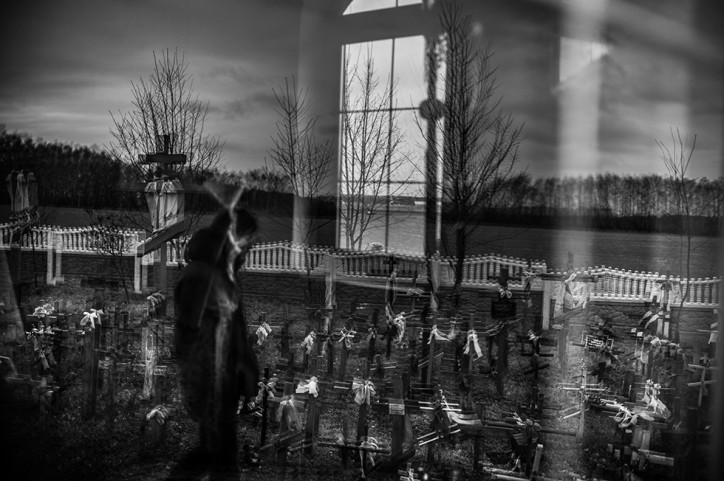
Podlasie, a region tucked at the eastern border of Poland, is full of contradictions. Over the past few years, its capital city, Białystok, has become an alt-right incubator. In 2016, members of the fundamentalist National Radical Camp (ONR) organization marched through its streets chanting “Nationalism is our way” and “Great Catholic Poland”. A few years later, swastikas appeared on the walls of the local synagogue and nationalists attacked the participants of the city’s first equality march. But once you travel an hour south, the countryside around Hajnówka is a crossroads of languages and dialects, unprecedented elsewhere in Poland. Catholics, Baptists, Muslims and Orthodox Christians live here as neighbors.
Among them are people like Wala Popławska, who heal with prayer. Usually women, Orthodox and with Belarusian roots, they pray in the so-called old church language. The locals call them “whisperers” or simply “grandmas”, or sometimes “witches”. While the Orthodox Church accuses them of dealing with the devil, they answer: “We just pray.”
My fear comes from the Lord
“All kinds of people come. You don’t even know how many of them spent the night at my house, before heading to the whisperer the next day,” Olga Skoworodko laughs. Together with her husband Anatol, a retired Baptist pastor, she runs a guesthouse in Dubicze Cerkiewne, 12 kilometers from the house of Wala Popławska.
“One guest recounted later that when she was waiting in Orla, some woman shouted from the street: ‘Are you people not afraid of God? You take the sin on your soul!’ Myself, I don’t judge but I would never go. My fear comes from the Lord. He opposes the arrogant and graces the humble. If he wishes, he’ll send me health. He already cures us every day. It’s a miracle that we wake up. It’s a miracle that our wounds heal. So if you get sick, you just have to bear it. And it’s interesting that these people whisper. When we gather in the church and someone asks for prayer because he is ill, we pray at the top of our voices. ‘Amen!’ must be loud to confirm to God. But when she whispers, who knows what she’s really saying.”
Over my dead body
Opaka Duża is one of the last villages before the Belarusian border, where the whisperer Eugenia lives. We do not know the exact address, only the name, but in this region it is enough.
“Over my dead body,” Eugenia shows us the door. “I don’t talk to the media anymore. Oh no, thank you very much. I don’t want to be famous.”
A toilet seat at the crossroads
The whisperer Anna Bondaruk receives us on a bench in front of her house in Rutka. While conducting a ritual, she recalls all those whom Holy Mary helped through her, as she claims. But she refuses to be recorded:
“So many of you have already been here. People arrive, take pictures, don’t ask for permission. A car parks by my house and someone is filming. Foolishness.”
This situation is continually repeated. None of the whispers recommended to us by locals in the Hajnówka-Bielsk Podlaski-Białystok triangle wanted to be featured. Małgorzata Anna Charyton, a medical anthropologist who has researched whispering for over 10 years, explains: “Most of them had encounters with journalists and unfortunately they were usually negative.”
Backward, exotic and sinister is how tabloids and local media like to portray them. A 2009 report from the Fakt tabloid titled “We Met a Witch” says that Paraskiewa Artemiuk is a “witch” who “undoes the charms” and Anna Bondaruk “has been casting spells” for 50 years. Reporting on an incident that shocked Podlasie, Gazeta Współczesna wondered: “Did the priest die because of whisperers?”
It was a late evening in May 2009 when Father Tomasz Lewczuk and his family were returning from Slovakia by car. On the road a few kilometers from home, their car skidded and hit a roadside tree. It turned out that the priest was trying to overtake a toilet seat that someone had put on the road. Who and why, is still unknown.
“Was it somebody’s thoughtlessness, ordinary human stupidity or a battle between the forces of good and evil? The priest’s relatives have no doubt: ‘His death was no accident. It is a consequence of pagan superstitions,’” reported Gazeta Współczesna.
Suspicions fell on the whisperers because the toilet seat was placed at the crossroads – a symbolic spot in folk culture. This is where the material and spiritual worlds meet and human prayers are better heard.
“They say that a woman wanted her husband to quit drinking. So she went to a whisperer who advised her to put the toilet seat with a bottle of vodka inside at the crossroads,” claimed a man whom Współczesna reporters met outside a Hajnówka shop.
When it was established that the toilet seat came from an uninhabited property in Istok, in dispute between a brother and two sisters, Kurier Poranny quoted the man saying: “The toilet was grabbed by my sisters. A whisperer, whom they often visit, advised them to do so. They want to take revenge on me. Casting spells out of jealousy because I made it big in life.”
Whispering
Let us pray. First was the Word, the Word was God, it was the beginning. Everything began through God. And the light shines in the darkness. So that the darkness would not overcome man.
Please repeat after me:
Jesus Christ
How you appeared on the holy mountain
You appeared for your students
And for the apostles
So transform all my problems
And those of my family
Change them into love
Health
Let there be joy in life.
– And just like the Holy Mary bathed her son in the sea. Like the Holy Mary tucked Jesus Christ in her dress. So she went through mountains, valleys, forests, hills in a retinue of poverty. Until Jesus himself met her and asked, “Where are you going, mother?” And she said, “Off to those who need help.”
Must be clean
According to folk legends, when the young Jesus Christ was teaching doctors at the temple, he passed on to them the gift of healing and the secret texts used today by the whisperers. It is impossible to establish when the tradition really emerged, because it was transmitted orally and few sources have survived. The oldest document mentioning the term “whisperer” is the Polish language dictionary from 1859. However Małgorzata Charyton suspects that the tradition itself has been going on for centuries.
A decade ago, most villages in the region had their own whisperer. Today, only a dozen or so still practice. Most are over 70 years old.
“Usually, these are women who are already ‘clean’. Menstruation is traditionally associated with the time of impurity and healing is seen as a cleansing process,” Charyton explains. “Besides, older women no longer need to pay attention to children and work hard on the farm. They have time for others. Communities tend to choose for this role people who are trustworthy. They are empathic, warm, ingenuous. The grandma type. They actually often referred to me as dzieciatoczko which means ‘baby’.”
Today, people resort to visiting whisperers mainly in hopeless situations because, as they say, “it won’t hurt, but may help.” Unlike before the war, when medical doctors were practically absent from the countryside, folk healers, such as midwives, herbalists and whisperers, dealt with all kinds of afflictions – from flu to broken hearts.
Among the most commonly diagnosed folk diseases today, Charyton lists the wind (akin to a draft), fear (a sudden, shocking experience), charm (a destructive gaze associated with the evil eye), rose (a skin disease) and, of course, the knot – so popular that it even gained a Latin name, Pilica polonica. The knot combines several dozens of ailments, such as pain, paralysis and tumours, but its characteristic symptom is tangled hair. The longest preserved knot comes from the 19th century and is 1.5 meters long. In folk culture, it was believed that the knot comes from the nether world and inhabits a human body in the form of a being called gościec (a word akin to a “guest”). Most of the time, he is an indifferent guest, but every so often he gets angry, which results in an illness. It is these beings-illnesses that some whisperers address – alongside God, Christ, Holy Mary and other saints. Not necessarily in a whisper.
“They often stress out that healing prayers should be said aloud, that there’s nothing to hide since these are holy words,” Charyton argues, “although I once heard from a respected grandpa that the texts, which are used to liberate a patient from a charm, i.e. to ‘undo’, should actually be spoken in low voice. Because if the patient wants to use them against his enemy, all they have to do is to ‘invert’ their meaning again.”
Whisperers don’t expect to be paid for the service, but most people want to express their gratitude. “In the past, they would bring eggs, flour, whatever they had. Today it is acceptable to leave a chocolate or a coin for a candle in the church or, in rare cases, a small banknote,” Charyton explains. “Healers won’t touch the money. They believe that they received a gift from God, which is not for themselves but for the people. One shouldn’t be paid for it, keep it to oneself, nor take it to the grave.”
The Heir
“It’s not a gift, it’s a curse,” Andrzej Pawluczuk, the grandson of Fiedia Pawluczuk, the famous healer from Czeremcha, is slightly irritated. “Imagine that people come to you every day, for eight hours, to talk about their misfortunes and you can’t turn down anyone. Would you like that?”
Pawluczuk was the only one among the whisperers’ relatives who agreed to talk to us. “My grandfather hardly saw a thing, which is why his other senses were sharpened. He began to help at home, in Lady Village. Healed one person, then another, even a cow and a horse. News spread and soon entire families would visit him, just like Mrs. Wala. The problem was that under Communism, a group of 15 people was considered to be a public gathering, so police kept on bothering grandpa. He ran away to Czeremcha. People were so grateful that they built a chapel for him and then found him anyway. He had visitors every day, until his death.”
According to local beliefs, if a whisperer doesn’t pass on the gift to someone in the community – usually it is a family member – she or he cannot die.
“There was a woman once who knew all too well what it meant to help others and refused to put this burden on anyone. She was in agony for days. Finally, neighbors tore the roof off her house to set her free,” Pawluczuk recalls. “And my grandfather? He didn’t pass it on, but it ricocheted and remained in the family. I’m still running away from it.”
“In the communities where there is a demand for such services, the children and grandchildren of whisperers are under substantial pressure,” Małgorzata Charyton comments. “One gentleman told me that after the death of his mother, who used to be a healer, the neighbors kept on nagging him: ‘You’ve seen it so many times. You know how to do it. You’re kind. Why don’t you help us?’ After two years, his mother visited him in a dream and taught him the healing prayer. She was accompanied by Jesus Christ who said: ‘From now on, you will be the one to pray.’”
Deaconesses
“If the whisperers had true faith, they wouldn’t be doing magic. Every religious person should have a spiritual guide, such as a pastor or a monk. God appointed priests as mediators between heaven and Earth,” argues Father Szczerbacz.
The trouble with this line of thought is that until recently, only men could act as such mediators. Both the Orthodox and the Catholic Churches have for centuries denied women the right to priesthood. It was not until November 2016 that the Holy Synod of the Patriarchate of Alexandria (which oversees the Orthodox Church in Africa) reactivated the institution of a deaconess, i.e. the lowest rank priestesses. A few months later, Patriarch Teodor II ordained the first six women.
This is at once a revolutionary step and a nod to the past, because women already served as deaconesses – from the beginning of Christianity to around the 11th century (in some parts of Byzantium). Not long afterwards, Europe began to eliminate women from the field of medicine. “Since the 13th century, long before witch hunts were launched, women were banned from the newly established medical departments of the European universities,” Mona Chollet claims in her collection of essays Witches: The Invincible Power of Women.
Chollet analyzes how gradually, along with the development of modern medicine and the solidification of the Church hierarchy, men monopolized the field of healing, both body and soul. Women were assigned a place at home. Until the mid-19th century, they served only care-giving functions in the religious and medical facilities, as nurses, midwives, nuns and sacristans.
At the same time, war was declared on folk medicine, traditionally the domain of women. Village healers, herbalists and accoucheurs were the first victims of the European witch hunts, because their knowledge and independence threatened the contemporary doctors and scientists. Also in Poland, which contrary to popular myth, was by no means “the country without stakes.” The sources are too scarce to precisely determine the number of victims, but in the book Witchcraft trials in Poland in the 15th-18th centuries, Dr. Małgorzata Pilaszek reports that among 1316 accused, 1174 were women. It was also in Poland that the last European stake burned, on August 21, 1811. The victim, Barbara Zdunk, was accused of witchcraft and an arson attack in Reszel, Warmia. Zdunk awaited her sentence for four years in a prison, where she was regularly raped and gave birth to two children. To this day, Reszel uses the image of the “last witch in Europe” to promote the city.
The witches who managed to avert the stakes were ridiculed. Women’s knowledge of herbal medicine and midwifery was labeled as “magic”. The patriarchal culture created the image of the devil’s disgusting and sinister partner in crime, thereby fueling the hatred of older women. The Slavic Baba Yaga or Disney’s Evil Queen stands in stark contrast with the archetype of the sage, available to older men.
Today, even a domain as dominated by women as whispering is not free from patriarchal stereotypes. According to Małgorzata Charyton, although men constitute only a quarter of the healers, they are still considered to be more powerful. On the one hand, this is as expected, because rarity is usually seen as more attractive. On the other hand, this can be seen as a patriarchal rule. Whatever a man says, so be it.
Whispering
“Every day, your life must become better. Because such is God’s and mine wish. All successes and failures are eye-opening, thanks to them you will be able to fight and win, you will be stronger, more cheerful and confident because in every situation you will do the best. People will turn towards you. Every day, by the strength of my will and God’s will, by mine and God’s effort, everything in your family will change for the very best. And you will be who you want to be at a given moment. We praise the word of God, in the Trinity, our only Father give us the grace to improve bad life. Each soul praises God. I know that help will come from God who created heaven and Earth. Amen, amen, amen.”
The Saint
Since what happens inside a small community may not necessarily reflect the Church’s official position, we met the pastor of Orla, Father Sławomir Chwojko, to talk about the whisperer Wala Popławska.
“A whisperer whispers and this lady helps. She is a healer. You have to be careful not to judge a person on whom God bestowed a gift,” the priest corrects us. “I know Mrs. Wala very well. She is a deeply religious person, leading an ascetic life. She spends her days on prayer and takes little food. She was even fasting in the hospital. And when in December 2017, she broke her leg, people called from all over the world to inquire about her health.
“Before the war, the locals used to seek help from those who had deep faith and lived like monks. You can think of them as lay saints that also healed. Like my father’s older sister who died at the age of a hundred. Locals from neighboring villages came to see her daily. However, of course, there are also the so-called whisperers who use matter for healing. But there is no queue to meet them.”
Kitten
After almost three hours in the waiting room, our turn comes. Wala Popławska – a petite, grey-haired woman who emanates fragility – shows me a chair and listens carefully to my story. Then she raises her eyes and whispers in a mixture of Belarusian and Polish. She speaks respectfully, without overusing words or emotions, as if she was asking for something important. With me she is tender, like with a granddaughter.
“Kitten,” she pleads. “What I am about to do – don’t tell anyone.”
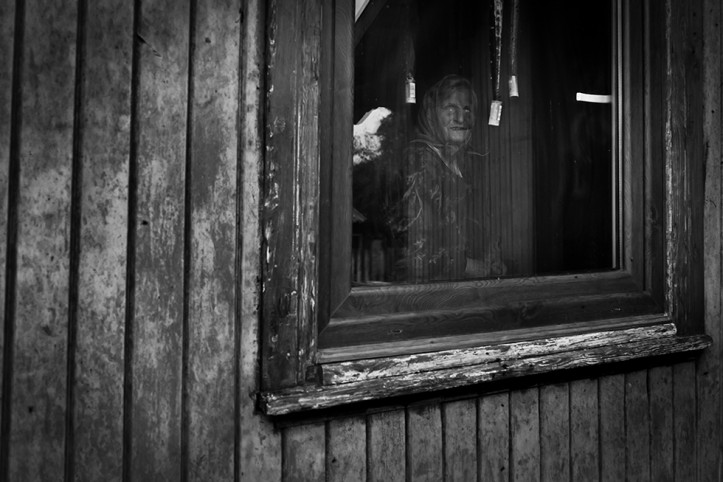
This story is part of the cross-border reportage project “Witch Hunt”. The research was enabled by a Reporters in the Field grant from the Robert Bosch Foundation.


